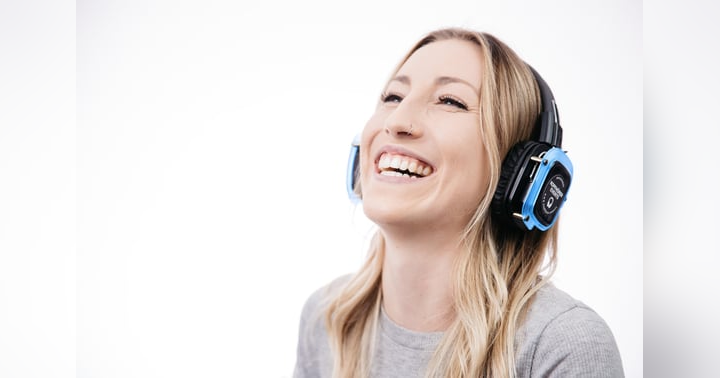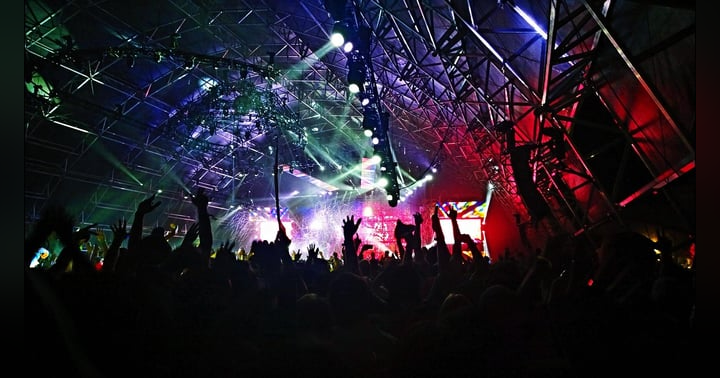Perceiving the Visual Culture of Fashion

Upon listening to the Fashion series, I realized how very interesting it was to listen to the duality of perspectives - photographer, Szabina Biro; and model, Ema Steindl, within an dance setting. Here are some major takeaways:
- Experience matters. What differentiates a dancer/photographer from others with no dance experience, is that the former can kinesthetically empathize with their model, and thus know how to better communicate through a mover’s language. They can also anticipate and capture the best moments by recognizing a dancer’s movement pathways and dynamics. A photographer who is in tune with one’s bodily sensations, is also more likely to capture images that not only translate visually, but even viscerally.
- Being mindful of representations. I really appreciated Szabina’s insistence on never editing or altering the physical features of her models through unnecessary post-production work. People are born in many shapes and sizes, but so too are dancers. In 2022, there shouldn’t be an ideal representation of a dancer. Instead, dancers should learn to embrace and make as visibly much as possible their unique features that belong to them and them only.
- Agency in creative spaces. What Ema articulated so beautifully about her journey in dance modeling, is truthfulness as an individual. Sometimes, reality can be harsh…REAL HARSH. But the least one can do is to present yourself and be open, thus shifting the energy in a certain space by allowing positivity to transmit outwards instead of the much maligned mood-hogging. Despite increased acknowledgement from the industry regarding artist diversity, it still takes one to first recognize his/her value, and subsequently to present why they’re so special in a practical way - that’s the agency everyone should have.
Ultimately, fashion is deeply intertwined with visual culture. And while living in an era where cameras have become a norm rather than a luxury, we are also increasingly bombarded with visuals that tend to suggest a host of meanings in relation to particular settings, functions, and purposes that said images are serving. However aware or not, these images that we consume everyday do shape the way we make sense of the world. How? By affecting our taste in perceiving and constructing visual representations. Although dance photography, to some extent, has already been influenced by mainstream ideology, I remain happy with the discovery and demand for more spaces that are inclusive, diverse and creatively original within the continuum of visual culture.













